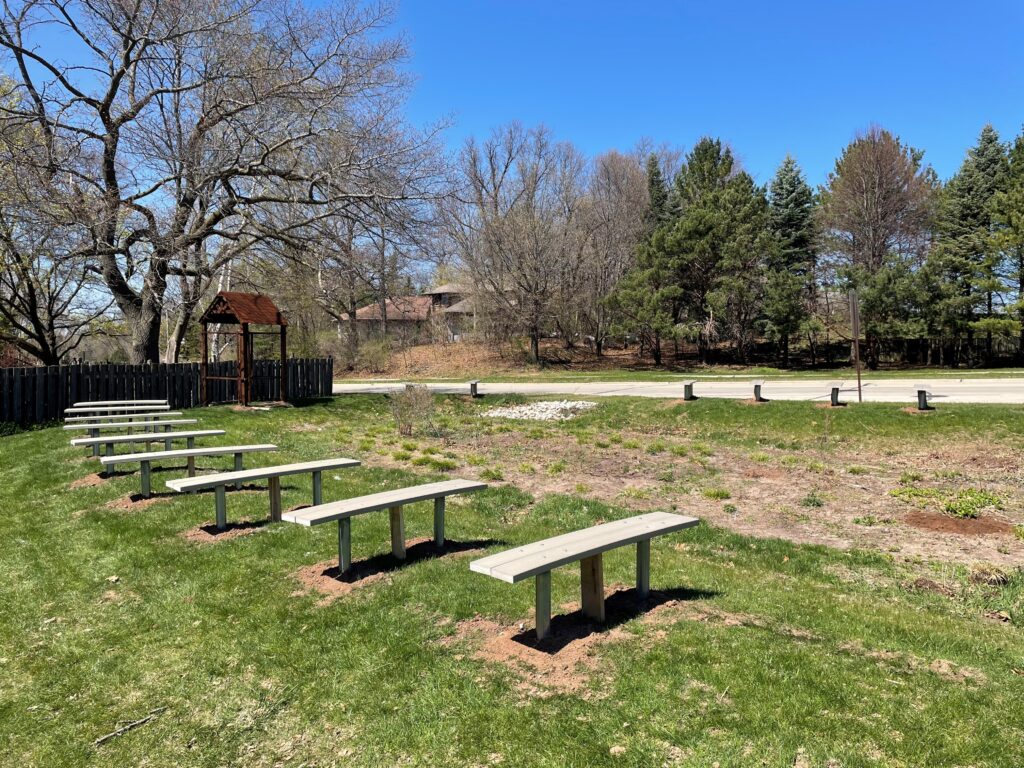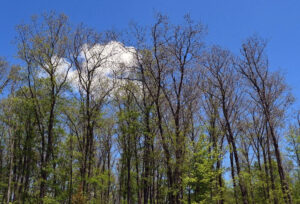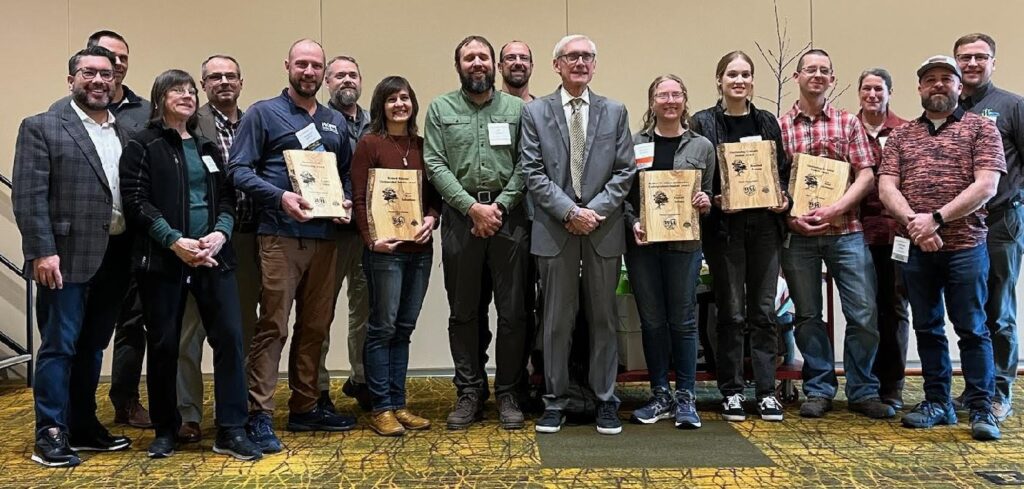
Governor Tony Evers made a surprise appearance to congratulate the 2024 Urban Forestry Council and Wisconsin Arborist Association award winners.
The Wisconsin Urban Forestry Council is comprised of municipal employees, elected officials, nursery operators, arborists and others who advise the Department of Natural Resources (DNR) on the best ways to preserve, protect, expand and improve Wisconsin’s urban and community forest resources.
Every year, the council bestows several awards to recognize and thank individuals and organizations across Wisconsin for their work and commitment to community forests and the economic benefits they provide. Individuals, organizations, communities and tribes that further urban forestry in Wisconsin are eligible. The awards are announced each year at the annual Wisconsin Urban Forestry Conference.
Nominations are now being accepted online for the 2025 awards and must be submitted by Oct. 31, 2024. Continue reading “The Urban Forestry Council Award Nomination Form Is Now Online”

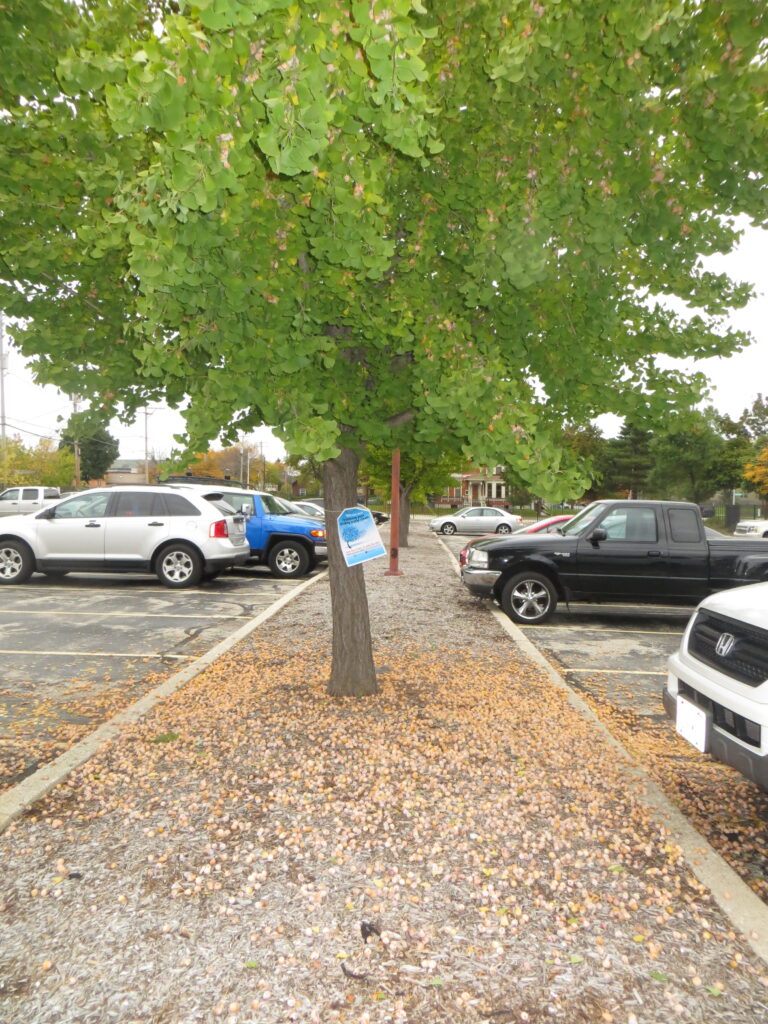 Cities, villages, towns, counties, tribes and 501(c)(3) nonprofit organizations in or conducting urban forestry projects in Wisconsin can now apply for a regular or startup 2025 Wisconsin Department of Natural Resources (DNR) Urban Forestry Grant.
Cities, villages, towns, counties, tribes and 501(c)(3) nonprofit organizations in or conducting urban forestry projects in Wisconsin can now apply for a regular or startup 2025 Wisconsin Department of Natural Resources (DNR) Urban Forestry Grant.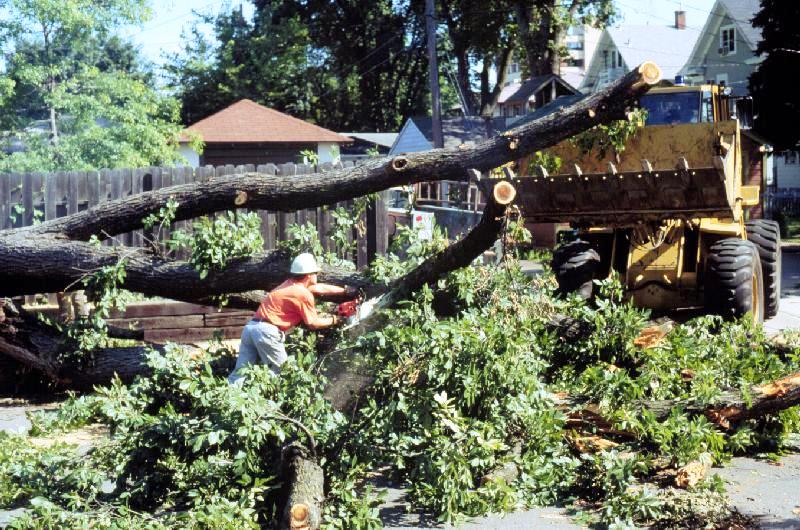 The Wisconsin Department of Natural Resources (DNR) is now accepting applications for Wisconsin Urban Forestry Catastrophic Storm Grants.
The Wisconsin Department of Natural Resources (DNR) is now accepting applications for Wisconsin Urban Forestry Catastrophic Storm Grants.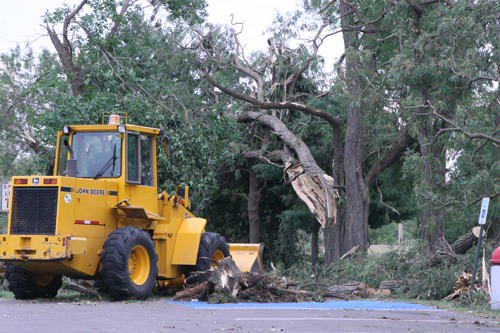 Severe weather can destroy Wisconsin communities and result in hefty cleanup costs. While public works budgets and insurance may cover some expenses, the costs might exceed available funding.
Severe weather can destroy Wisconsin communities and result in hefty cleanup costs. While public works budgets and insurance may cover some expenses, the costs might exceed available funding.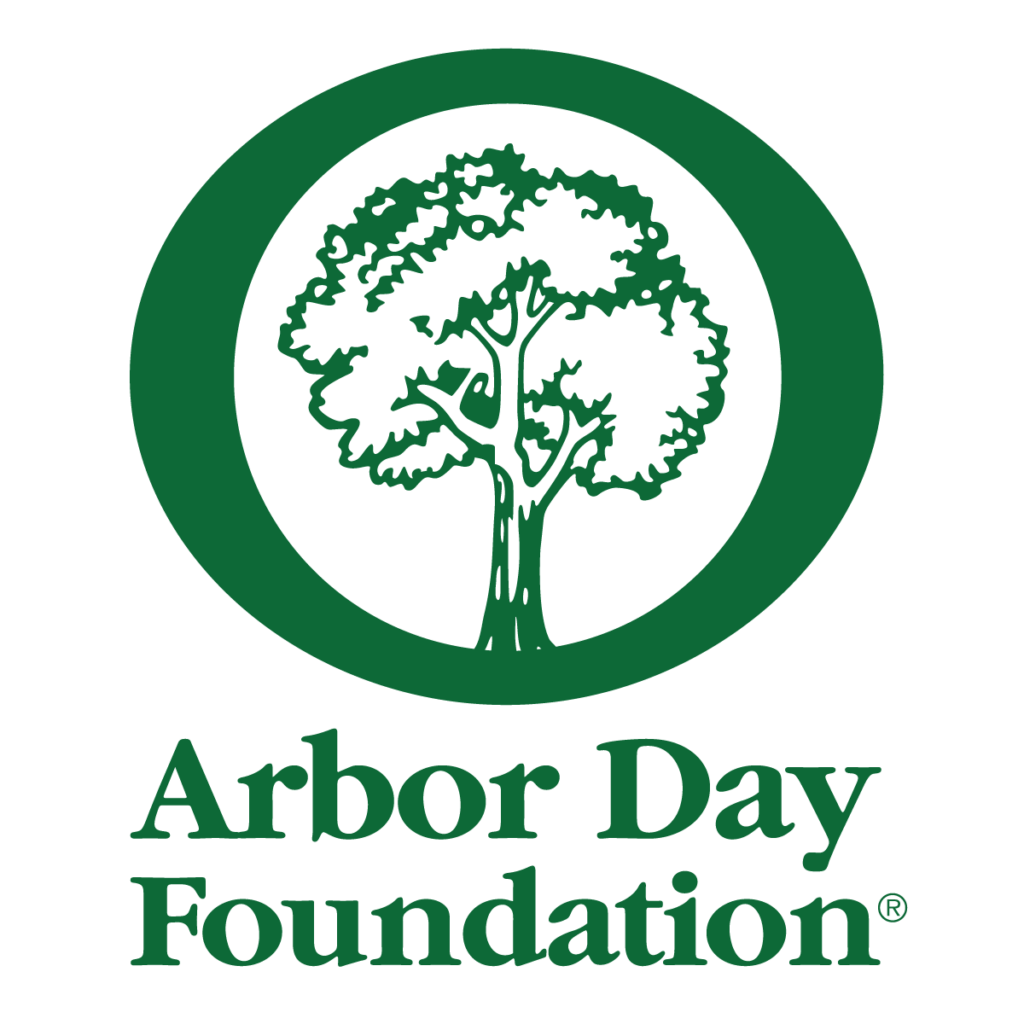 Applications for funding through the
Applications for funding through the 